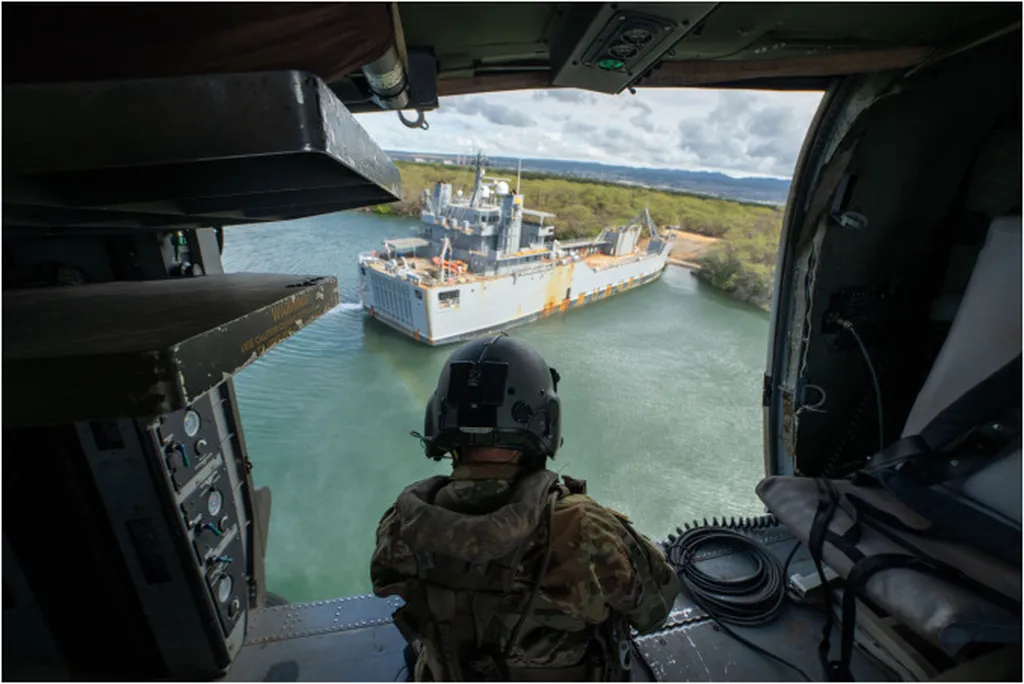Researchers from Stanford University, including Mahdi Al-Husseini, Kyle H. Wray, and Mykel J. Kochenderfer, have proposed a groundbreaking approach to maritime medical evacuation. Their study introduces the concept of using underway watercraft as overwater ambulance exchange points, enhancing the efficiency and capability of aeromedical evacuations over maritime environments.
The researchers partnered with the United States Army’s 25th Combat Aviation Brigade to demonstrate this innovative approach. The demonstration involved transferring a manikin between two HH-60 Medical Evacuation Black Hawk helicopters using a hoist operation over the Army Logistics Support Vessel 3, which was traveling south of Honolulu, Hawaii. This exercise showcased the feasibility of using watercraft as dynamic exchange points for patient transfers between aircraft.
The success of this demonstration was underpinned by several advanced technologies. A decision support system was employed to optimize the dispatching of aircraft, ensuring timely and precise coordination. Hoist stabilization technology was crucial in maintaining the stability of the helicopters during patient transfers, while commercial satellite internet provided the necessary communication infrastructure. Military geospatial infrastructure applications were used for accurate navigation and positioning, and digital medical documentation tools ensured that patient information was seamlessly transferred and accessible.
The researchers also introduced three extensions of the overwater ambulance exchange point concept. These extensions include the use of unmanned aerial vehicles (UAVs) for additional support, the integration of advanced medical equipment on watercraft, and the development of protocols for rapid response scenarios. These enhancements aim to further improve the flexibility and effectiveness of maritime medical evacuations.
Beyond military applications, the researchers considered the potential civilian uses of this concept. In civilian contexts, the use of watercraft as overwater ambulance exchange points could significantly enhance the capability to provide medical care in remote or disaster-stricken areas. This approach could be particularly valuable in scenarios where traditional ground-based ambulance services are limited or inaccessible.
The study highlights the importance of leveraging advanced technologies to improve medical evacuation processes. By integrating decision support systems, stabilization technologies, and digital documentation tools, the researchers have demonstrated a novel method for enhancing the efficiency and effectiveness of aeromedical evacuations over water. This approach not only has significant military applications but also holds promise for improving civilian healthcare delivery in challenging environments. Read the original research paper here.

